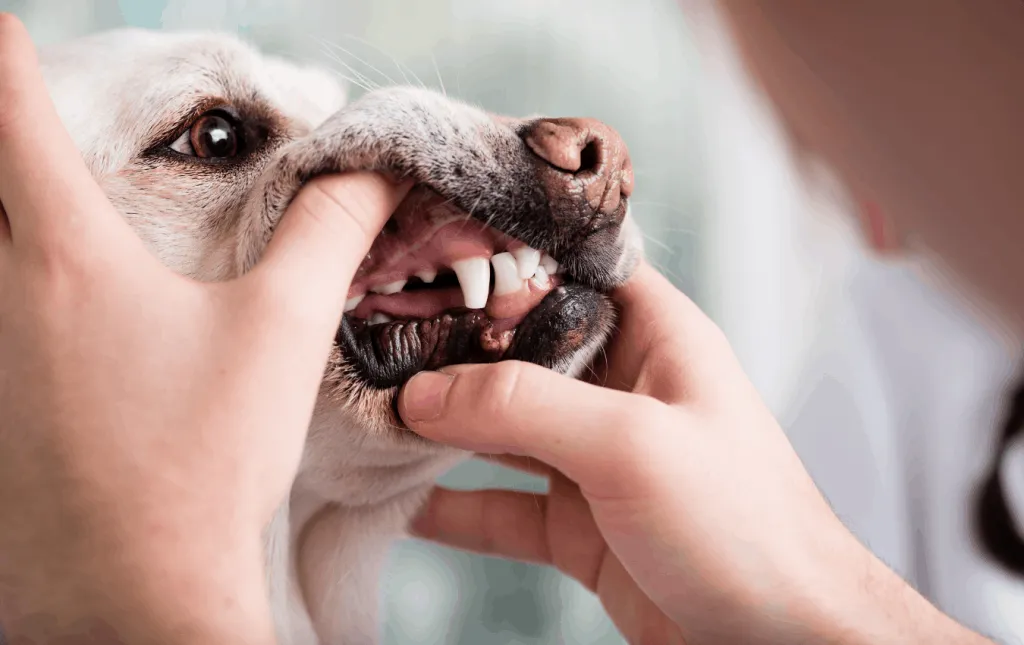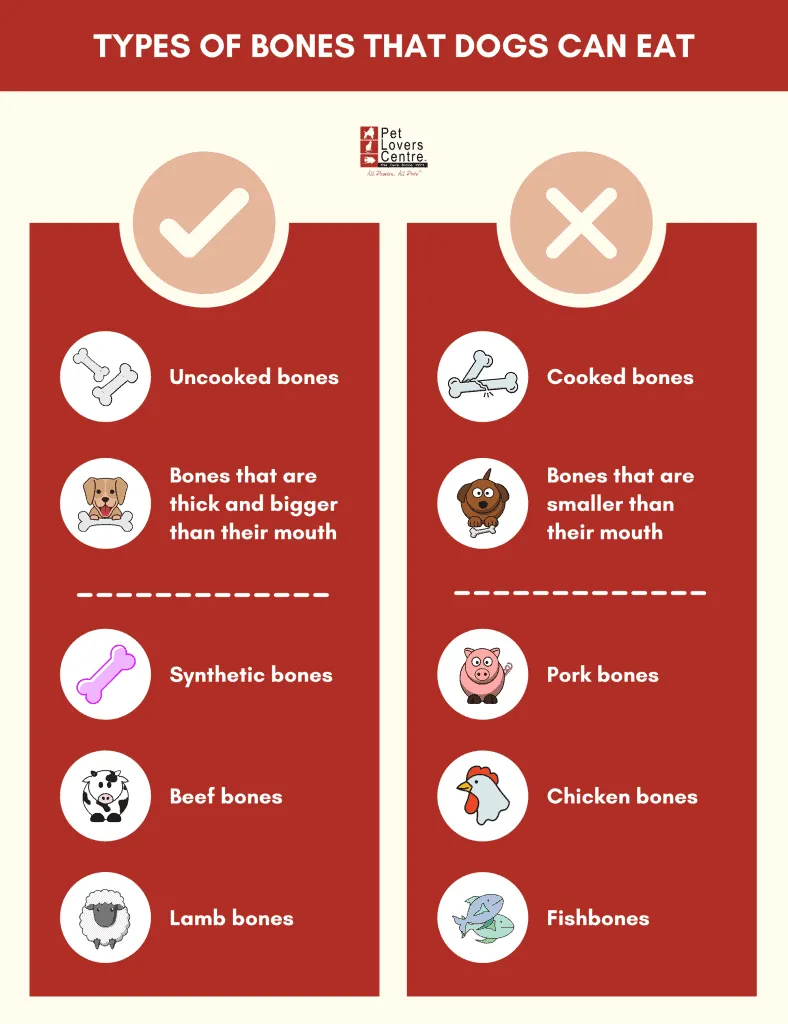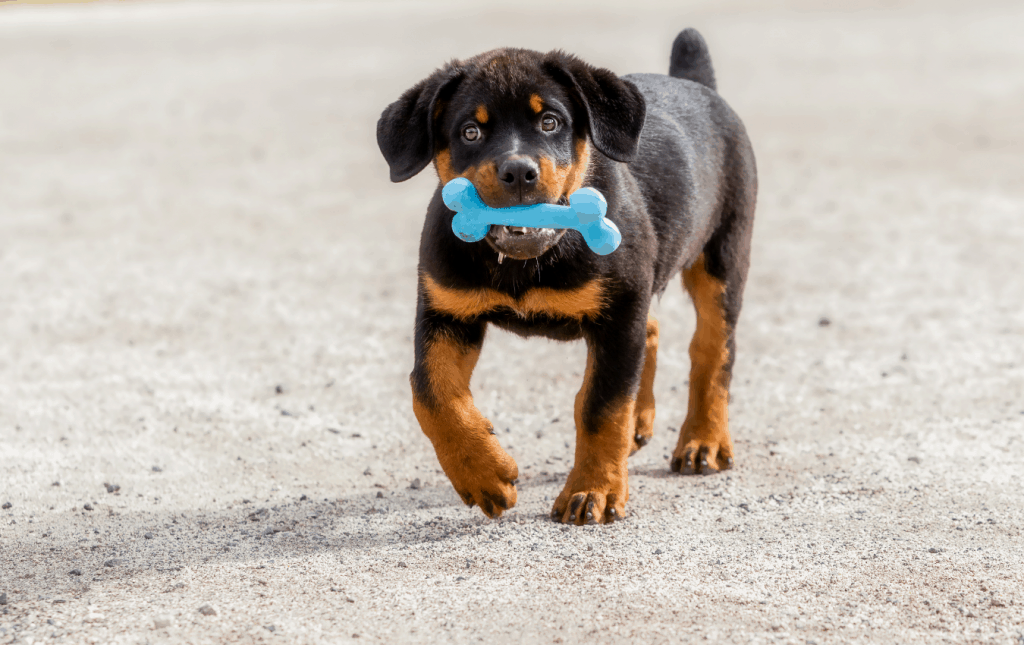Can a Dog Have Beef Rib Bones
The mental image of our canine friend chewing heartily on a bone is an adorable one. However, can dogs really eat rib bones and is it safe for them to do so?
The answer to this question is maybe! While it's unsafe for dogs to eat pork rib bones, beef and lamb bones can be given to your dog to chew on. This is provided that they're uncooked and larger than your dog's mouth.
However, many veterinarians believe that giving your dog a bone isn't worth the health and safety risks posed to them. Thus, before giving your dog this object to gnaw on, read about its dangers, what to do if your dog has swallowed a bone and the types of bones that are safer for them to chew on.
*Disclaimer: This article provides general information that should not be used in place of professional advice from a vet . Please consult a vet before feeding your dog any kind of animal bones.
Why is it dangerous to feed rib bones to your dog?
Giving your dog rib bones to chew on can pose a number of health hazards, especially if they're cooked. These are some dangers of feeding rib bones to your dog:
Broken teeth

Dr. Wigfall (DVM, BVM, BVS, BVMedSci) shares that the hard exterior of animal bones can cause your dog's teeth to break. When the surface of his teeth is exposed, infections can occur. The broken teeth will then require advanced dental work or surgical extraction to fix.
Lacerations
According to Dr. Ushi (DVM), cooked bones can splinter easily when chewed on.
Shards that are accidentally consumed by your dog can then cause lacerations in his mouth, oesophagus, stomach and intestines. This may subsequently result in internal bleeding and infections.
Blockage of the gastrointestinal tract
Aside from lacerations, bone splinters can also block the gastrointestinal tract of your dog.
If the splinter is caught in his throat, he may choke and this can be life-threatening. On the other hand, if the bone makes its way down into your dog's large intestine, he may suffer from constipation. Often, surgery is required to remove the bone.
Pancreatitis
Dr. Coates (DVM) shares that rib bones come with lots of fatty tissue and dogs that consume foods that are high in fat can develop pancreatitis. This condition will result in
• fever,
• vomiting,
• diarrhoea,
• lethargy and
• lack of appetite.
What to do if your dog consumes a rib bone

Step 1: Remove any bones around your dog
If you notice that your fur friend has eaten a rib bone, immediately remove any other bones surrounding him. This will prevent him from swallowing any more fragments.
Step 2: Check your dog's mouth
Next, check your dog's mouth, including his tongue and gums, to see if there are any bone shards remaining. If you do notice any, remove them immediately to prevent him from getting any cuts.
Step 3: Look out for signs that your dog has swallowed the bone
Your dog may show signs of discomfort if he has swallowed a bone. Dr. Simons (MVB, MRCVS) advises bringing your dog to a vet immediately if you notice any of the following symptoms:
- Gagging or choking
- Loss of appetite
- Vomiting
- Constipation
- Diarrhoea
- Lethargy
- Inability to sit comfortably
- Restlessness
Even if your dog doesn't exhibit the above symptoms after swallowing a bone, you're still recommended to bring him to a vet for a thorough examination.
What to do if your dog is choking
In the event that your dog is choking, here are some emergency measures you can take until you can safely get him to a vet:
For small dogs
- Gently place him on your lap and turn him such that he's lying on his back.
- Locate his rib cage.
- Using your palm, push in and upwards 4 – 5 times from the area right under his rib cage.
- Turn him onto his side and check his mouth for the bone shard.
For medium and large dogs
First, try to lift up his hind legs such that he's in a wheelbarrow position. This may help to dislodge the bone from your dog's throat. If this doesn't work, you can attempt the Heimlich manoeuvre.
If your dog is standing:
- Make a fist with one hand and place it under his abdomen.
- Put your other hand over your fist.
- Push up and forwards 4 – 5 times.
- Check his mouth for the bone fragment and remove it.
If your dog is lying down:
- Support his back with one hand.
- Use the other hand to push up and forwards on his abdomen.
- Check his mouth to see if the bone fragment has been dislodged.
Types of bones that dogs can eat

As a general rule of thumb, you shouldn't give your dog any kind of cooked bones. The bone should also be
- thick so it's less likely to break when chewed on and
- larger than your dog's mouth so he's unable to swallow the bone whole.

Synthetic bones
Dr. Ushi (DVM) recommends giving your dog synthetic bones made from rubber or nylon. These can satisfy his urge to chew and you won't have to worry about bone fragments!
Beef and lamb bones
If you do wish to offer animal bones to your fur friend, Dr. Murithi (DVM) shares that beef and lamb bones can be given provided they are uncooked and large in size. These 2 types of bones are less likely to splinter as compared to pork and chicken bones.
Pork and chicken bones
Pork and chicken bones will splinter and crack easily. This can cause your dog to suffer cuts in his mouth, oesophagus, stomach and intestines. Pork bones can also cause pancreatitis.
Fishbones
Fishbones are small and sharp. They can easily get lodged anywhere along your pet's gastrointestinal tract and cause harm.
Feeding tip!
You should always supervise your dog when giving him an animal bone so that you can react immediately when he tries to swallow a bone. Additionally, you should always consult a vet when in doubt!
How to prevent your dog from chewing or consuming bones
Chewing toys

A safe alternative to animal bones is chewing toys which can come in all sorts of shapes, colours, sizes and even flavours! They'll teach your dog what items can and should be gnawed on and what shouldn't.
Flavoured chewing toys can help to discourage your dog from chewing on animal bones since they can enjoy the taste of chicken, fruits or vegetables in a safe manner.
Furthermore, chewing toys are great for puppies that are teething as they'll have a strong urge to chew on something.
Obedience training

Don't underestimate the power of obedience training! It'll come in handy when you see your fur friend running excitedly towards a bone on the ground. The basic commands such as "stay", "no" or "drop it" can be extremely helpful in preventing him from consuming the bone.
Additionally, you may wish to train him not to eat food found on the floor!
Frequently asked questions
Can rib bones be digested?
According to Dr. Burch (DVM), rib bones may be able to pass through your dog's digestive system without causing any serious harm. However, this doesn't apply to all dogs and have only been noted in certain cases.
Therefore, if you suspect that your dog has consumed a bone fragment, you should visit a vet for a proper examination.
How do I know if my dog is suffering from internal bleeding?
Some symptoms of internal bleeding in your dog include
- difficulty breathing,
- pale gums,
- lethargy,
- lack of appetite and
- vomiting.
Can my dog get sick from chewing raw bones?
Dr. Wigfall (DVM, BVM, BVS, BVMedSci) warns that raw bones may carry bacteria such as salmonella, campylobacter and E. coli. While salmonella and E. coli are less likely to affect dogs, they can cause serious infections that require treatment from a vet.
If you wish to offer your dog raw bones, Dr. Murithi (DVM) suggests giving only fresh bones to reduce the chances of bacterial infections.
What is the right bone size for my dog?
You should choose a bone that's bigger than the size of your dog's mouth. This will prevent him from consuming the bone whole.
When should I give my dog a bone?
A good time to give your canine friend a bone is after his meal as he's less likely to gnaw vigorously on the bone such that it shatters.
Rib bones for dogs
While it may be less dangerous to give beef or lamb bones to your dog, it's always safer to give them an object that won't splinter such as chew toys.
Ultimately, it's up to us as pet parents to decide what's best for our fur babies. Let's educate ourselves to prevent unwanted situations from occurring!
Source: https://blog.petloverscentre.com/can-dogs-eat-rib-bones/
Belum ada Komentar untuk "Can a Dog Have Beef Rib Bones"
Posting Komentar